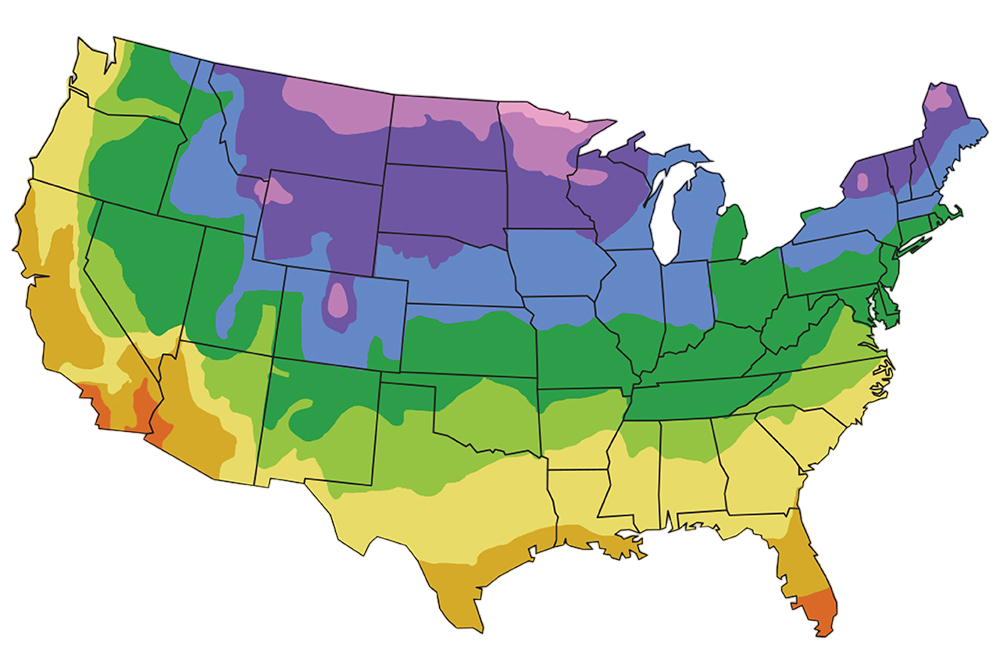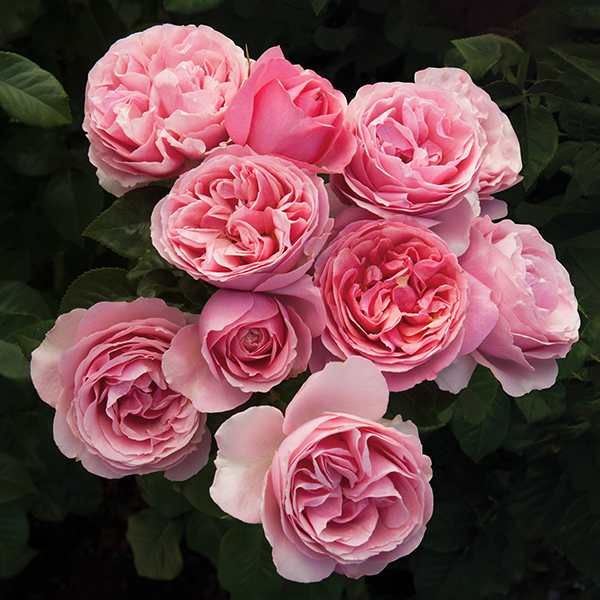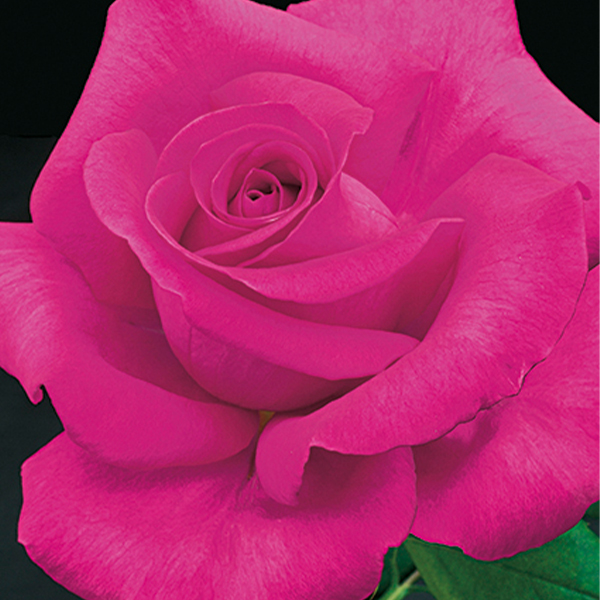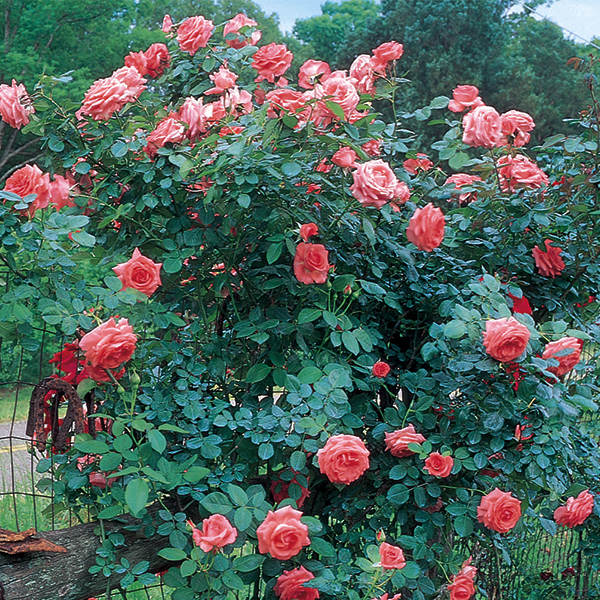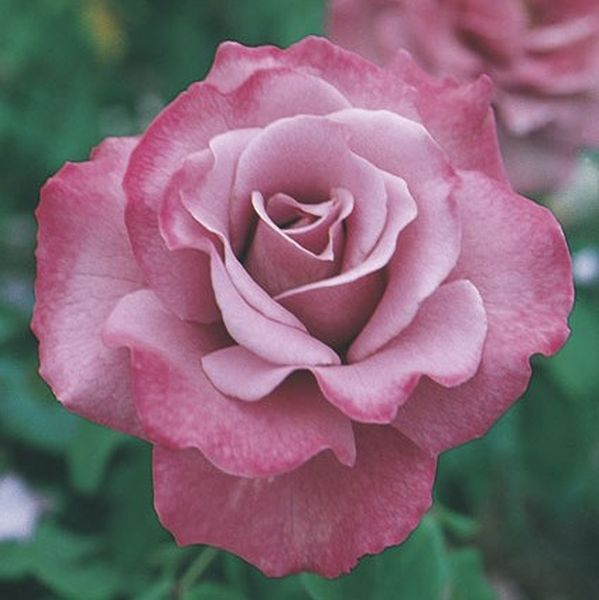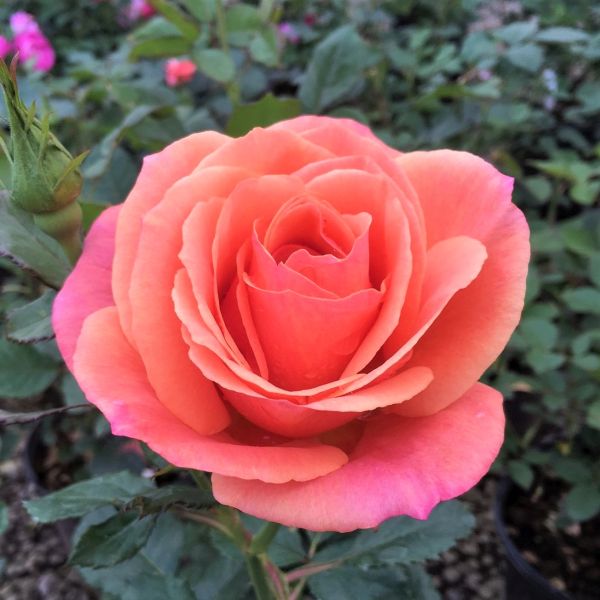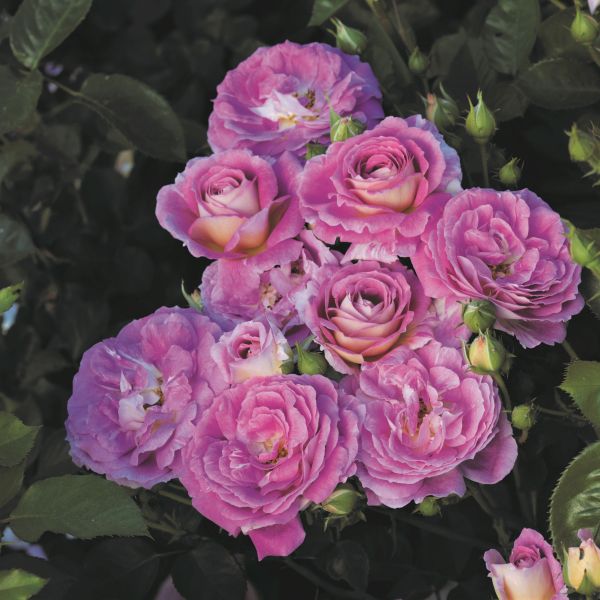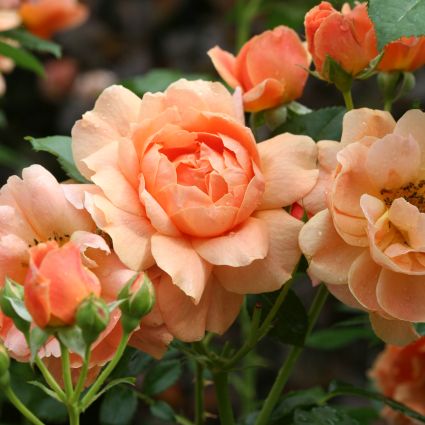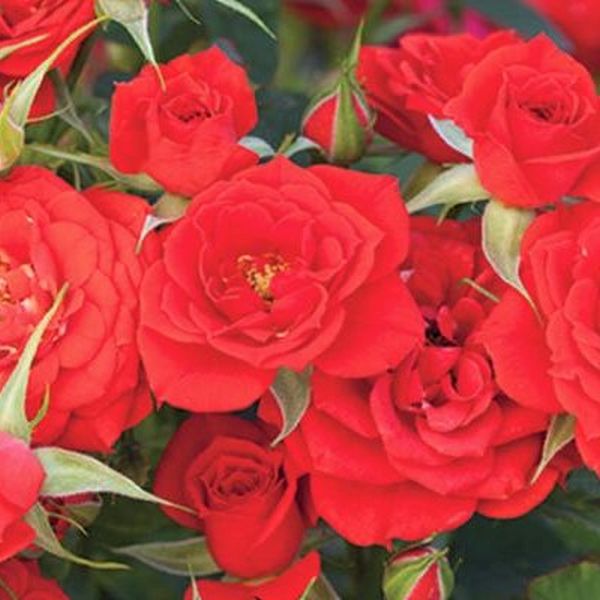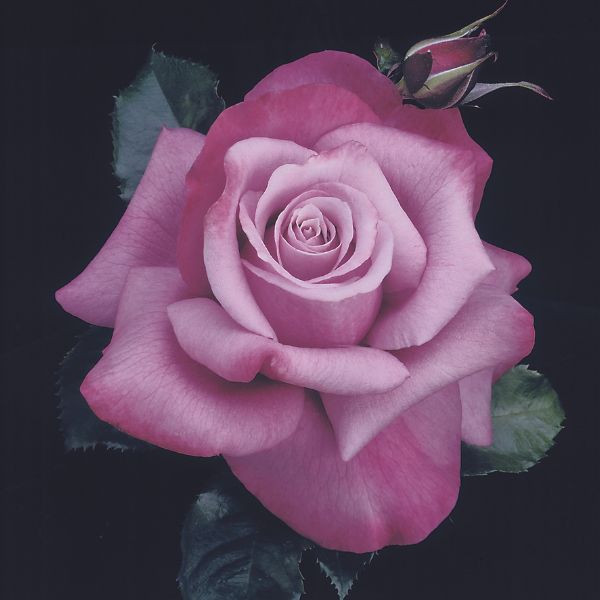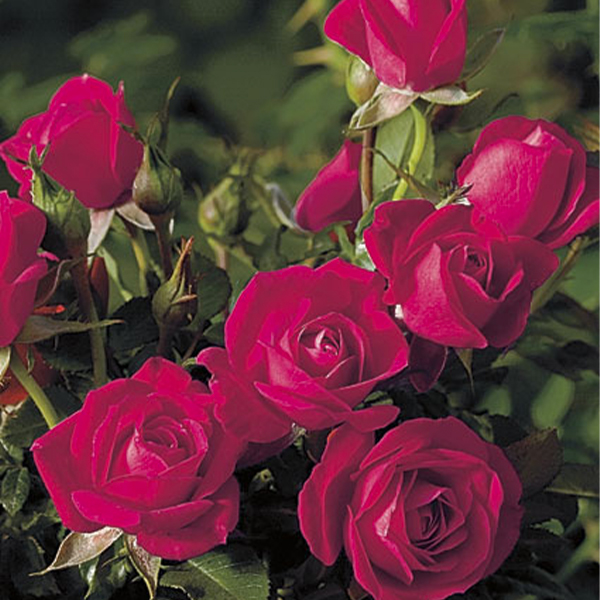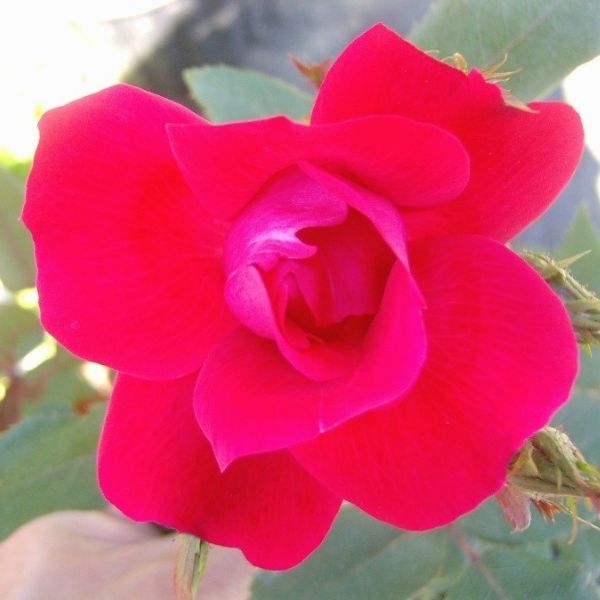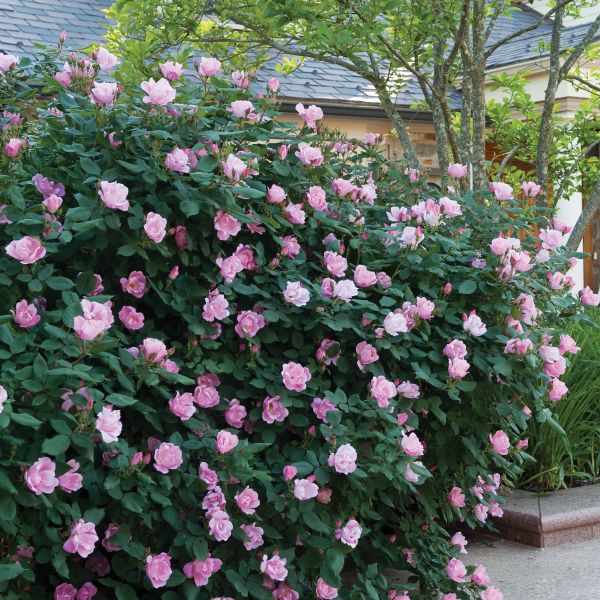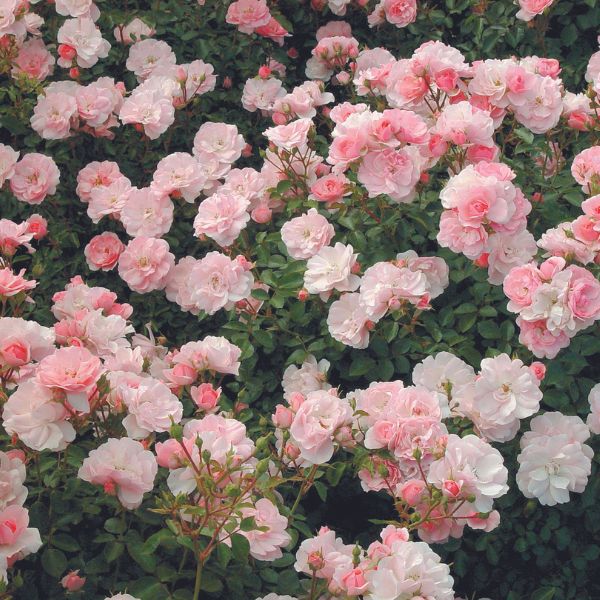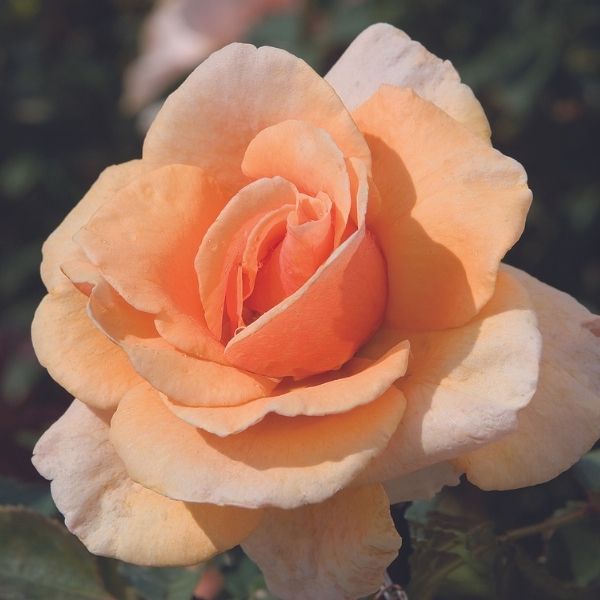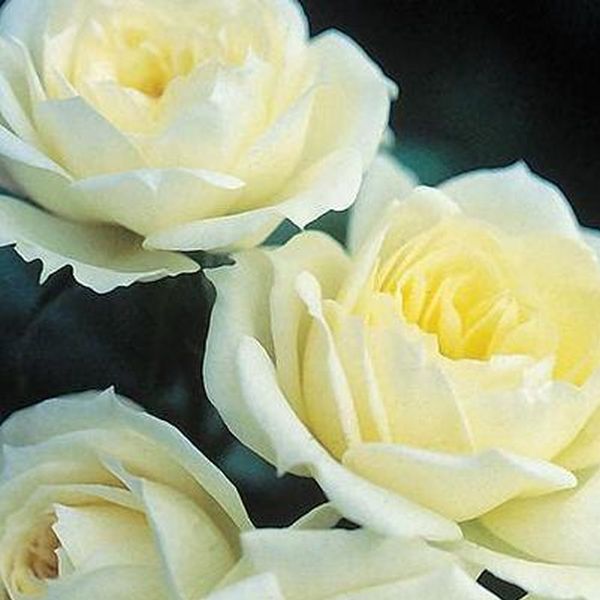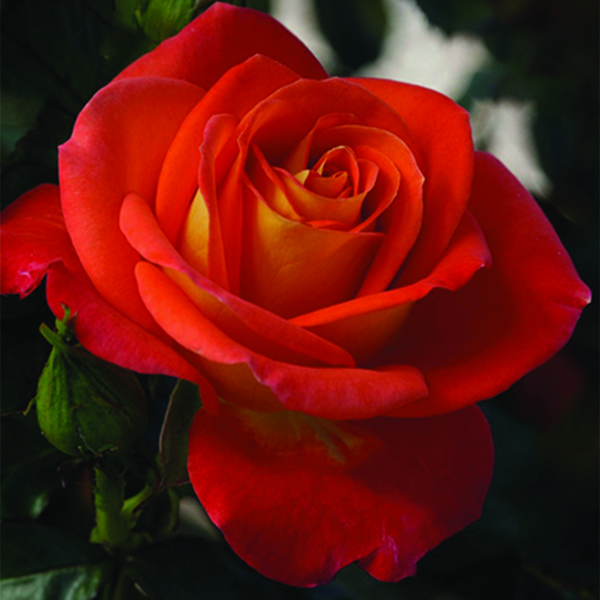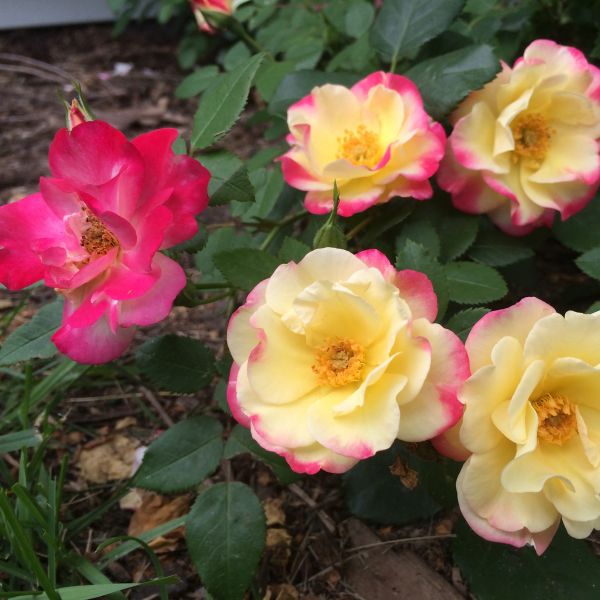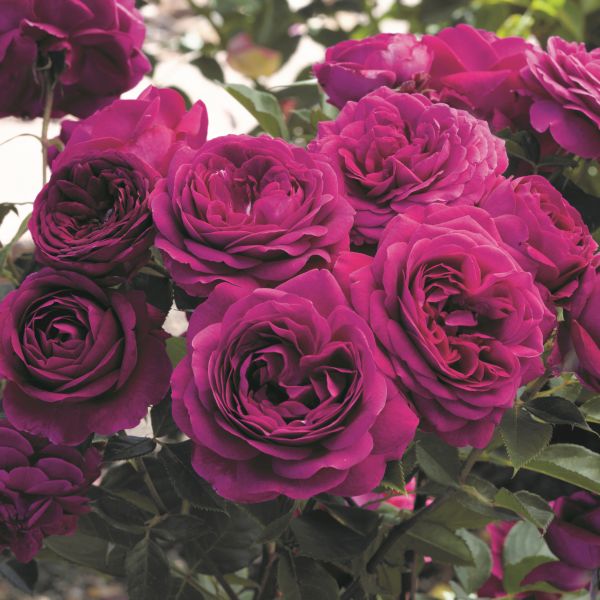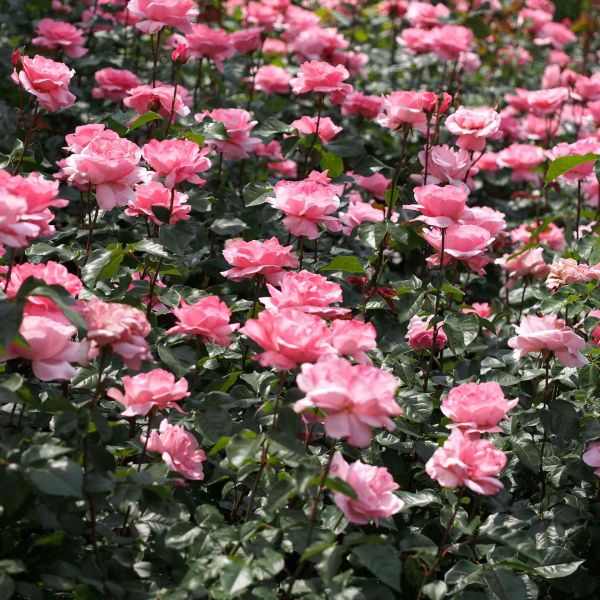
Queen Elizabeth Rose
Rosa 'Queen Elizabeth'
18 reviews
Queen Elizabeth Rose
Rosa 'Queen Elizabeth'
18 reviews
- Beautiful, vibrant pink blooms that add a touch of elegance to any garden
- Long-lasting flowers that bloom from late spring to early fall
- Resistant to common rose diseases such as blackspot and powdery mildew
- Recommended by landscape designers for optimal fit in real yards
$105.00
$150.00
30% Off
- Ships to 43215 in 3 to 7 days
- Free Shipping Over $150
- Plant Arrival Guarantee
- In Stock
- Free Plant Consult
$200 - Landscape-Approved: Every Plant We Sell Comes With Design Expertise Behind It
2.5 Gallon
Not just beautiful - intentionally selected by ShrubHub's 3D landscape design team to fit real-world spaces and maximize yard potential.
Why Queen Elizabeth Rose?
Queen Elizabeth Rose (Rosa 'Queen Elizabeth') is a popular variety of hybrid tea rose that was named in honor of Queen Elizabeth II. It is renowned for its regal appearance, elegant, full blooms, and its ability to bloom repeatedly throughout the summer season. The rose showcases delicate, pink flowers with a classic rose scent, making it a favorite among gardeners and rose enthusiasts worldwide.
People who loved this plant also bought
Sunlight
Queen Elizabeth Rose requires full sun for at least six hours a day to thrive and produce an abundance of beautiful blooms.
Watering
The watering requirements for the Queen Elizabeth Rose are moderate. It should be watered regularly, allowing the soil to dry slightly between waterings. Overwatering should be avoided to prevent root rot.
Fertilizing
The fertilizer requirement for Queen Elizabeth Rose is typically a balanced rose fertilizer with a nitrogen-phosphorus-potassium (N-P-K) ratio of around 10-10-10 or 12-12-12, applied according to the package instructions or as recommended by a horticulturi
Queen Elizabeth Rose (Rosa 'Queen Elizabeth')
Product Description
The Queen Elizabeth Rose, scientifically known as Rosa 'Queen Elizabeth,' is a stunning floribunda rose variety that showcases elegant blooms in a regal shade of pink. This esteemed rose variety is named after Queen Elizabeth II, paying homage to her grace and beauty.
The Queen Elizabeth Rose is renowned for its exceptional vigor and resilience, making it an ideal choice for gardens and landscapes. It can reach a height of 5 to 6 feet and spreads approximately 3 to 4 feet wide. The plant features an upright and bushy growth habit, with its deep green foliage acting as a perfect backdrop for the captivating flowers.
The stunning blossoms of the Queen Elizabeth Rose bloom from late spring to fall, providing an abundant display of classic, high-centered flowers. Each bloom features numerous petals perfectly arranged in a cup-like formation. The petals showcase soft, delicate pink hues that exude elegance and sophistication, adding a touch of royalty to any garden or floral arrangement.
Aside from its aesthetic appeal, the Queen Elizabeth Rose also emits a delightful fragrance that fills the air with a sweet and enchanting scent. This makes it a favorite among rose enthusiasts and an ideal choice for those looking to create a fragrant and visually stunning garden or outdoor space.
The Queen Elizabeth Rose requires moderate maintenance to keep its beauty thriving. It prefers well-drained soil and thrives best in full sun exposure, although it can tolerate some shade. Regular pruning, watering, and feeding will promote healthy growth and prolong the blooming period.
Whether used as a focal point in a garden, a statement piece in a floral arrangement, or a symbol of elegance and beauty, the Queen Elizabeth Rose is a cherished variety that personifies the grace and grandeur of its namesake, Queen Elizabeth II. With its stunning pink blooms, enchanting fragrance, and hardy nature, this rose variety is sure to captivate and inspire all who encounter it.
Plant Information:
| Botanical Name: | Rosa 'Queen Elizabeth' |
| USDA Zones: | 5 - 9 |
| Water: | Moderate |
| Exposure: | Full Sun |
| Soil Needs: | Well Drained |
| Mature Height: | 5 - 10 feet |
| Mature Spread: | 3 - 4 feet |
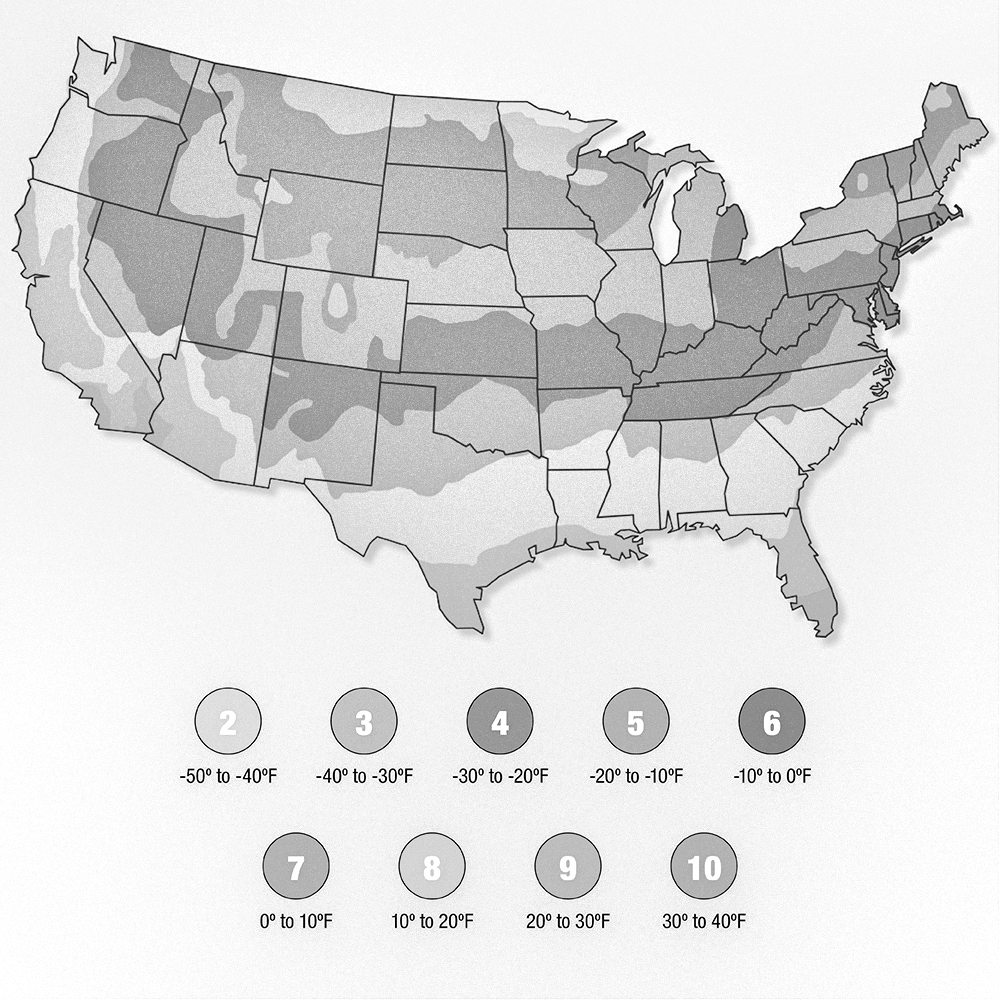



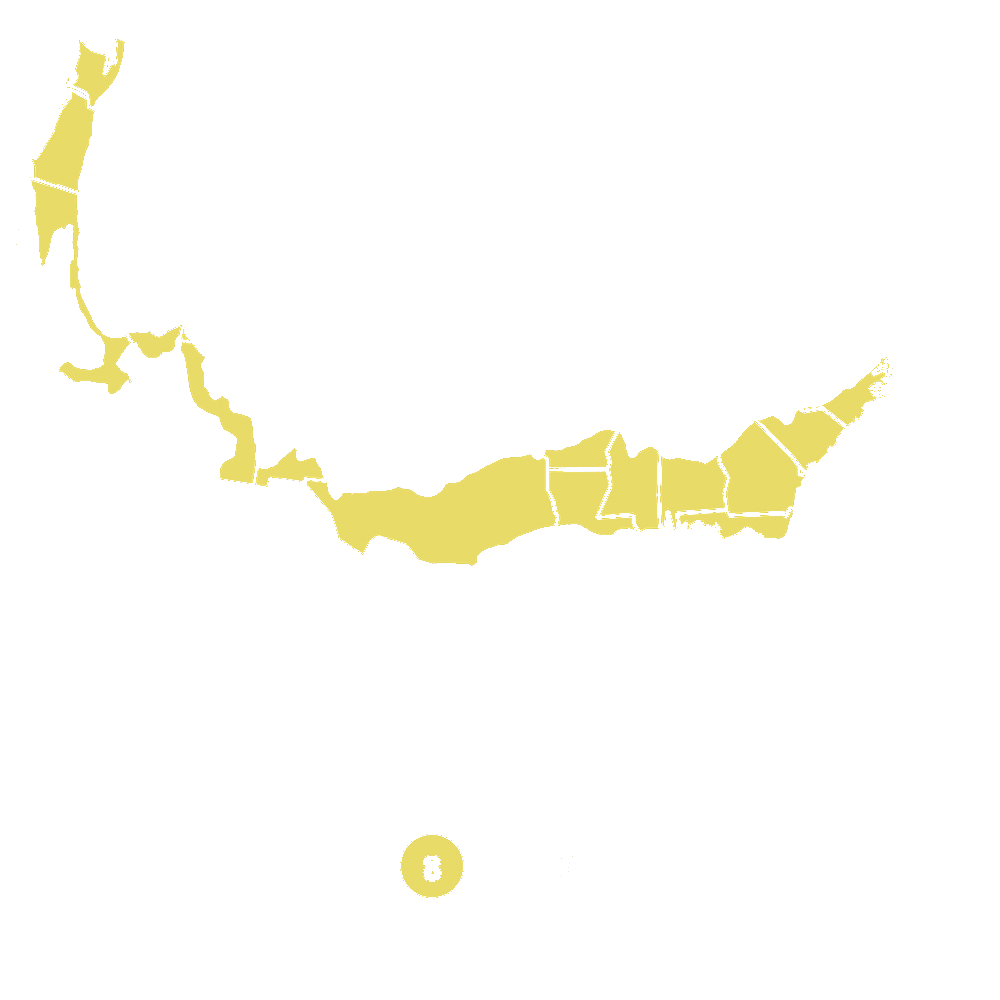
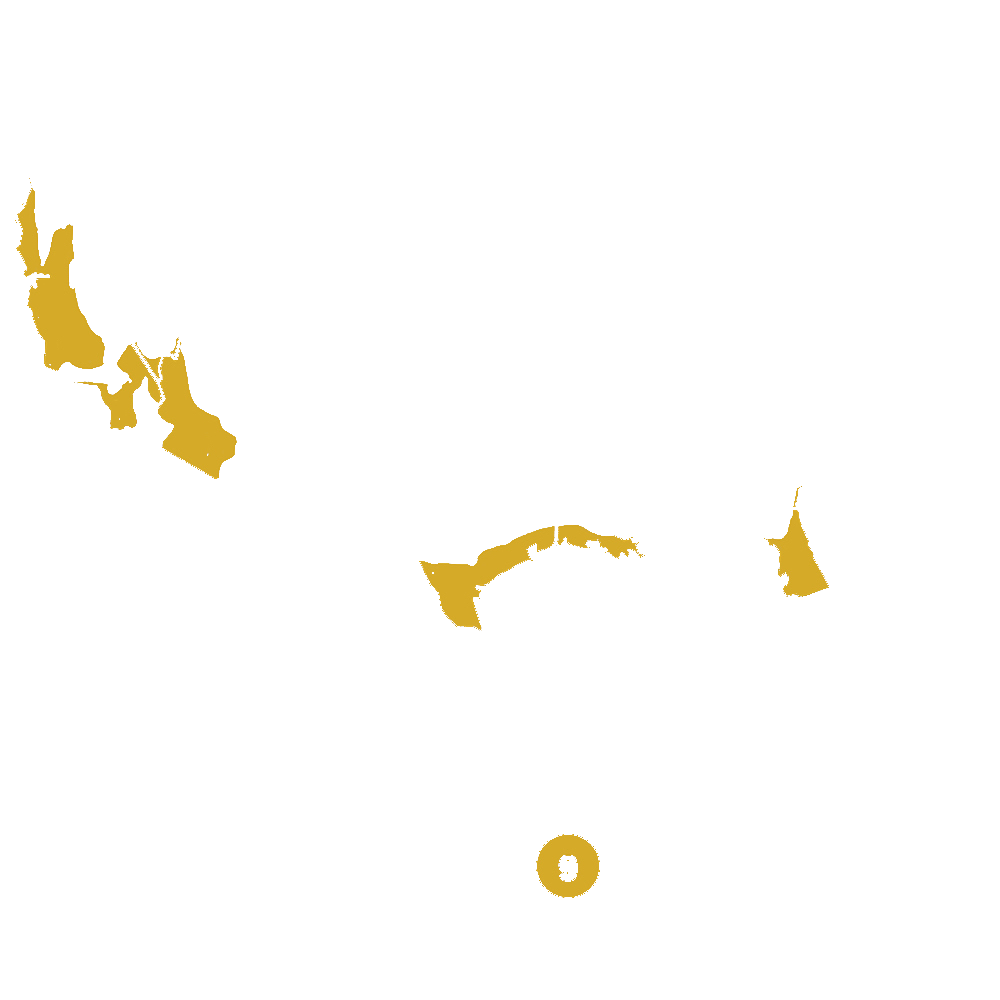
Pollination Info
Pollination Information for Queen Elizabeth Rose (Rosa 'Queen Elizabeth')
- Pollination Type: Self-sterile
- Pollinators: Insects
- Flower Structure: Queen Elizabeth roses have large, double flowers with many petals. The floral structure consists of male stamens, which produce pollen, and a female pistil where fertilization occurs.
- Pollen Characteristics: The pollen of Queen Elizabeth roses is sticky and requires insects for effective pollination. It is not wind-dispersed.
- Pollination Process: In order for successful pollination to occur, pollen must be transferred from the stamens of one flower to the pistil of another flower. This can happen through the action of insects, such as bees and butterflies, visiting the flowers. These insects inadvertently pick up pollen grains and carry them to other flowers as they move from bloom to bloom in search of nectar.
- Pollination Importance: Pollination is vital for Queen Elizabeth roses as it enables fertilization and the production of viable seeds. The resulting seeds can then develop into new rose plants.
- Pollination Tips: To attract pollinators to your Queen Elizabeth rose, consider planting companion plants that are known to attract beneficial insects, such as lavender, yarrow, or salvia. Ensure that your garden provides a suitable habitat for pollinators by offering a variety of flowers throughout the season and avoiding the use of pesticides.
FAQ
FAQ - Queen Elizabeth Rose (Rosa 'Queen Elizabeth')
1. What is the growth habit of Queen Elizabeth Rose?
The Queen Elizabeth Rose is a vigorous and tall hybrid tea rose. It typically grows upright, reaching a height of 4-6 feet and a spread of 3-4 feet.
2. When does Queen Elizabeth Rose bloom?
This rose variety blooms repeatedly throughout the growing season, typically starting in late spring or early summer. It produces large, classic hybrid tea rose blooms.
3. What color are the flowers of Queen Elizabeth Rose?
The flowers of Queen Elizabeth Rose are a beautiful soft pink color. They have a high-centered form with many delicately arranged petals.
4. Does Queen Elizabeth Rose have a fragrance?
Yes, Queen Elizabeth Rose has a delightful fragrance. The scent is described as being a classic rose fragrance, which is sweet and pleasing.
5. How much sunlight does Queen Elizabeth Rose require?
This rose variety thrives in full sun. It requires at least 6 hours of direct sunlight each day to ensure healthy growth and abundant blooms.
6. How often should I water Queen Elizabeth Rose?
Queen Elizabeth Rose should be watered deeply and consistently to keep the soil consistently moist. It is important to avoid overwatering as it can lead to fungal diseases.
7. What type of soil is best for Queen Elizabeth Rose?
Well-draining soil rich in organic matter is ideal for Queen Elizabeth Rose. It prefers slightly acidic to neutral soil with a pH level around 6.5.
8. How often should I fertilize Queen Elizabeth Rose?
It is recommended to fertilize Queen Elizabeth Rose in early spring, just as new growth begins. Repeat fertilization every 4-6 weeks throughout the growing season.
9. How do I prune Queen Elizabeth Rose?
Pruning should be done in late winter or early spring while the plant is still dormant. Remove any dead or damaged wood, and shape the plant by cutting back around one-third of its height.
10. What are common pests and diseases that affect Queen Elizabeth Rose?
Some common pests that may affect Queen Elizabeth Rose include aphids, rose slugs, and spider mites. Diseases like powdery mildew, black spot, and rust can also occur. Regular monitoring and appropriate treatments can help manage these issues.
11. Can Queen Elizabeth Rose be grown in containers?
Yes, Queen Elizabeth Rose can be grown in containers, but it requires a large and sturdy pot as it grows quite tall. Ensure proper drainage and provide regular watering and fertilization.
12. What is the hardiness zone for Queen Elizabeth Rose?
The Queen Elizabeth Rose is hardy in USDA zones 5-9. It can tolerate a range of climates but may require protection in extremely cold regions.
Planting & Care
Planting & Care for Queen Elizabeth Rose (Rosa 'Queen Elizabeth')
Planting
- Location: Choose a sunny spot in your garden that receives at least 6 hours of direct sunlight each day.
- Soil: The Queen Elizabeth Rose grows best in well-draining soil with a pH level around 6.5-7.0. Amend heavy clay or sandy soil with compost before planting.
- Planting Time: Plant your rose bush in the early spring or fall when the weather is cool and there is no risk of frost.
- Digging the Hole: Dig a hole that is twice as wide and just as deep as the root ball. Loosen the soil in the bottom of the hole with a garden fork.
- Planting: Place the Queen Elizabeth Rose in the hole, making sure the bud union (swollen area where the rose was budded onto rootstock) is level with or slightly above the soil surface. Backfill the hole with soil, firming it gently around the roots.
- Watering: Give your rose bush a thorough watering after planting to settle the soil. Water deeply at least once a week, providing around 1 inch of water per week during the growing season, unless there is sufficient rainfall.
Care
- Fertilizing: Feed the Queen Elizabeth Rose with a balanced, slow-release rose fertilizer in early spring and again in early summer. Follow the package instructions for application rates.
- Pruning: Pruning should be done in late winter or early spring while the rose is still dormant. Remove any dead, damaged, or diseased wood, as well as crossing branches. Shape the plant by cutting back stems to an outward-growing bud.
- Mulching: Apply a 2-3 inch layer of organic mulch, such as wood chips or shredded bark, around the base of the rose bush to suppress weeds, retain moisture, and regulate soil temperature.
- Pest and Disease Control: Monitor your rose bush regularly for signs of pests like aphids, thrips, or Japanese beetles. Use organic controls or insecticidal soap to manage infestations. Be attentive to common rose diseases, such as blackspot or powdery mildew, and treat with appropriate fungicides if necessary.
- Winter Protection: In colder regions, protect the Queen Elizabeth Rose by mounding soil or mulch around the base of the rose bush to insulate the roots. Alternatively, use a rose cone or cover the plant with burlap to shield it from harsh winter conditions.
Check Out These Verified Customer Reviews:
Customer Reviews
4.8 out of 5 based on 18 reviews
Thank you! Your review has been submitted.
Customer service was excellent, they answered all my questions promptly.
Overall, a fantastic experience purchasing the Queen Elizabeth Rose.
Top-notch quality blooms.
Item has been added to your cart.

